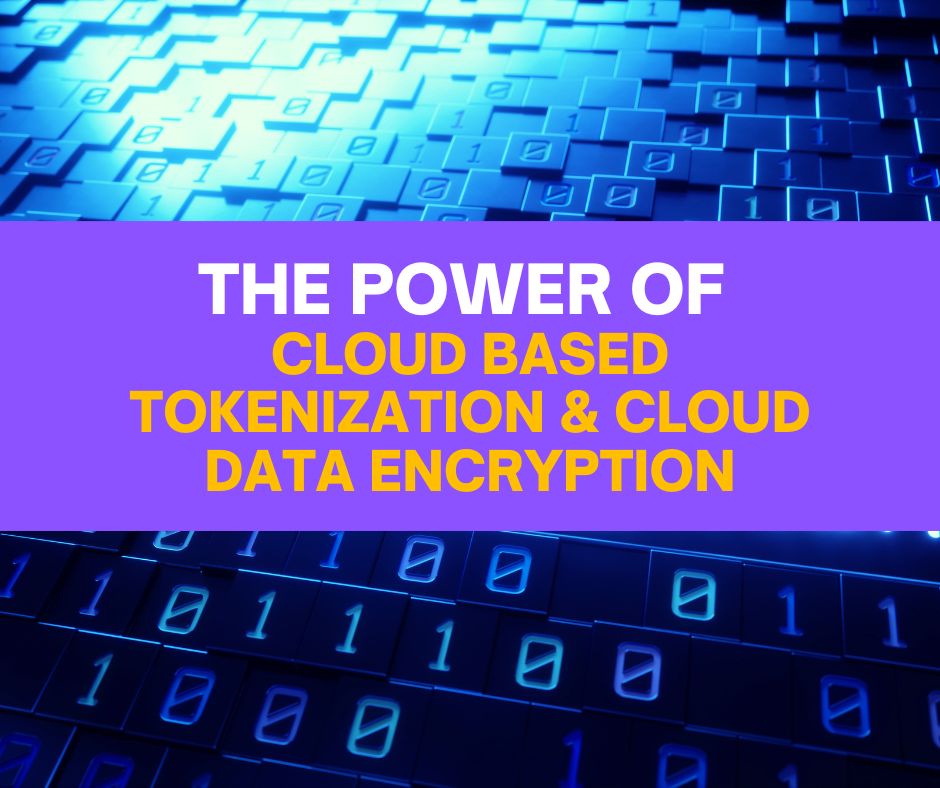Cloud-based tokenization and encryption are two powerful techniques for safeguarding sensitive data in the cloud. In this blog, we will discuss these techniques in detail and explore why cloud-based tokenization and encryption are essential for any organization that wants to protect its data from unauthorized access.
Let’s start with cloud-based tokenization. As mentioned earlier, tokenization is a process of replacing sensitive data with non-sensitive symbols or words. With cloud-based tokenization, the original data is saved externally on the cloud, making it easier to manage and reducing the risk of unauthorized access.
One of the significant advantages of cloud-based tokenization is that it is very affordable compared to on-premises tokenization. It also improves compliance, especially if you need to be PCI compliant. Moreover, cloud-based tokenization is flexible and has no limitations on usage or availability. This makes it an ideal choice for organizations that want to improve the security of their sensitive data in the cloud.
When it comes to tokenization, two types of functions can be used: mathematical functions that are reversible in nature, and hash functions or index functions, which are arbitrary numbers. Using these functions, tokenization can be applied to a wide range of data types, including credit card numbers, social security numbers, and other personally identifiable information.

Now, let’s move on to cloud-based encryption. Cloud-based encryption involves encrypting data before uploading it onto the cloud. This is done using algorithms that convert data to a ciphertext or vice versa. By encrypting data, the integrity and confidentiality of the data on the cloud are increased, ensuring that only authorized users can access the data.
There are three ways to encrypt data in the cloud: symmetric key algorithms, asymmetric key algorithms, and hashing. With symmetric key algorithms, the same key is used to encrypt and decrypt the data, while asymmetric key algorithms use a public key for encryption and a private key for decryption. Hashing, on the other hand, is a one-way encryption method that creates a fixed-length string of characters from the original data.
Cloud providers can share the encryption keys with users to enable them to encrypt their data. This ensures that the data is protected both at rest, in use, and in transit. By encrypting data in the cloud, organizations can protect their sensitive data from unauthorized access, ensuring that it remains confidential and secure.
A great example is Chase Bank who utilities tokenization in its credit card products. The bank’s credit cards feature chip technology and use tokenization to provide an added layer of security during transactions. When a customer uses their Chase credit card at a merchant, a one-time token is generated to authorize the transaction. This helps to prevent the customer’s actual card information from being exposed and reduces the risk of fraud because a one-time token has been generated and used.
In conclusion, cloud-based tokenization and encryption are essential techniques for any organization that wants to protect its sensitive data in the cloud. These techniques provide an extra layer of security and ensure that only authorized users can access the data. With cloud-based tokenization and encryption, organizations can improve their compliance, reduce risk, and safeguard their sensitive data from unauthorized access. We have experts on staff who can assist in deployment of these two techniques. Schedule a discovery call with us today.
Full-Stack IT Services: Infinavate Consultancy Services has a 20 year history as a national, boutique and Certified Minority Owned IT Solutions and Consulting Firm. Our core business offerings include business process automation, digital transformation, and cybersecurity fortification.

“We asked for specific skill sets and we got it [from Infinavate]. We required a high degree of acumen that we had a hard time finding resources for.” – CSL Plasma

